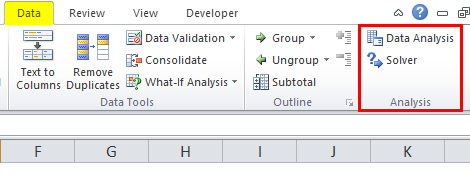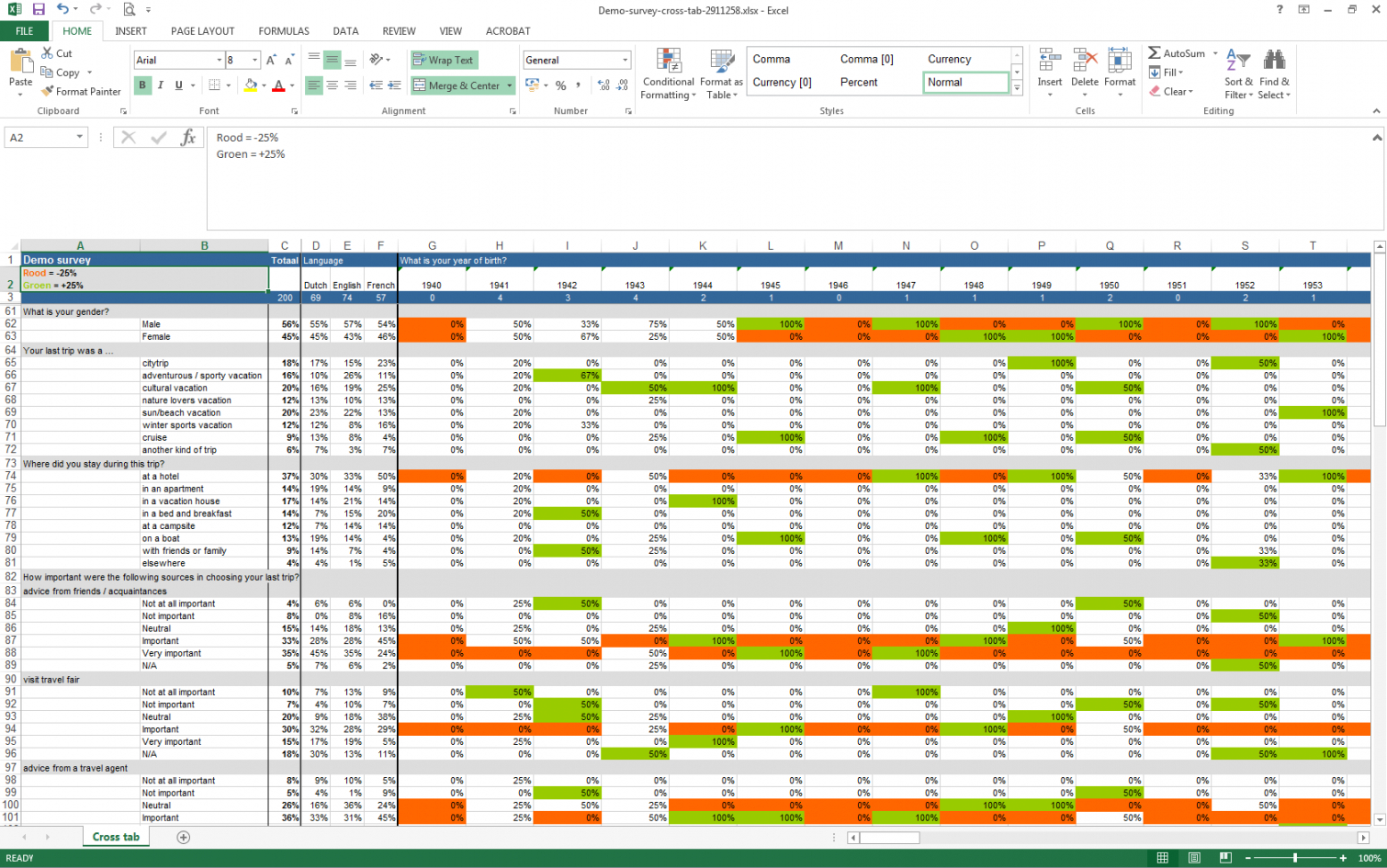


One is that it cannot handle large data sets with millions of points, with ease. There are some disadvantages associated with Microsoft Excel. Excel is considered to be the traditional go-to software, used in many fields, for simple and intermediate data analysis requirements.Excel has built-in features such as functions, charts and Pivot Tables which are specifically meant for data analysis.Reports or charts generated in Excel can easily be copied into presentations and Word documents.There are many advantages to using Excel as a data analytics tool namely: Microsoft Excel is the most popular spreadsheet application in the world. These include Microsoft Excel, Tableau, Python, Jupyter Notebook, Microsoft Power BI, SAS and Talend. There are a variety of tools that you can use to analyse your data. If you’d like to learn more about Data analysis using Excel visit one of our top-rated Microsoft Excel courses.ĭata analysts use tools and software to summarize data, make predictions, visualize the data in some way, as well as generate reports. In this post, we are going to cover a basic introduction to Data Analysis in Excel. These insights can be used to assist with decision-making.ĭata Analysts look at providing answers, to specific business-related questions, by using data. Data Analysis is the process of cleaning, collating, examining, and modelling data to deliver information and key insights.


 0 kommentar(er)
0 kommentar(er)
